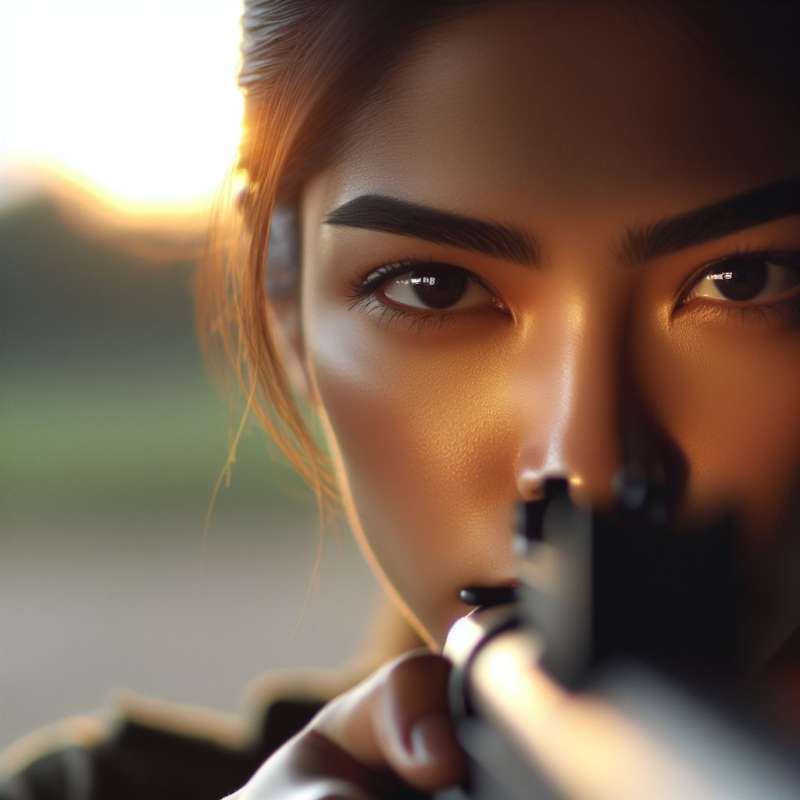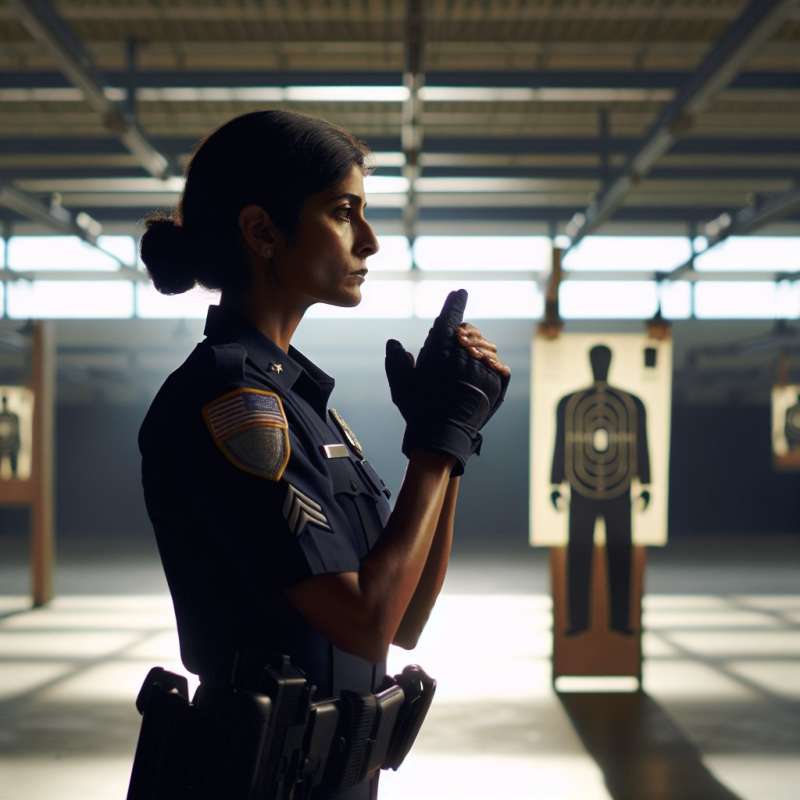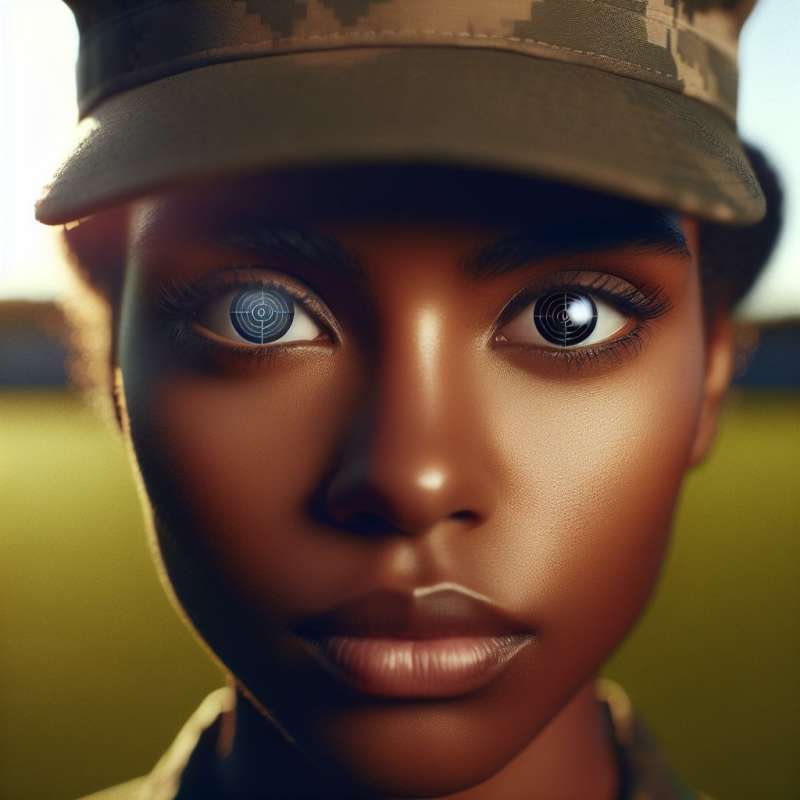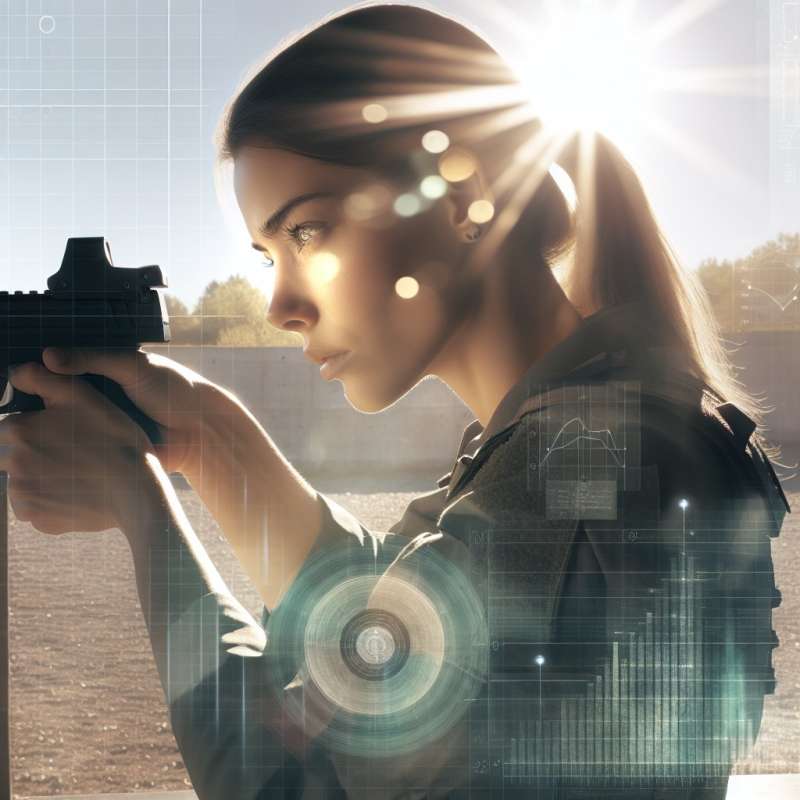
Quiet Eye Basics
Quiet Eye training enhances focus by stabilizing gaze on critical points. Originating in sports psychology, it's used by police to improve accuracy and decision-making under stress, reducing cognitive load during high-stakes encounters.
Real-World Policing Application
In policing, Quiet Eye training is adapted for firearms accuracy and situational awareness. Officers learn to maintain gaze on a suspect's hands or waistband, crucial areas for threat assessment, while under duress.
Training Methodology
Training involves simulation drills with body cameras. Post-exercise, eye-tracking technology provides feedback, showing officers their gaze patterns and helping them adjust focus towards more informative visual cues.
Improving Decision Making
Quiet Eye has been shown to reduce reaction times and improve decision accuracy. By fixating on critical cues longer, officers can discern threats more effectively, leading to better outcomes.
Impact on Performance
Studies reveal Quiet Eye trained officers shoot more accurately, control situations with more confidence, and experience less psychological distress in simulations compared to untrained peers.
Limitations and Considerations
While promising, Quiet Eye training in policing must be continually researched. It is essential to balance the training with rules of engagement and ensure it does not lead to over-reliance on specific cues.
Future of Quiet Eye
Advancements in virtual reality may revolutionize Quiet Eye training, providing hyper-realistic scenarios for officers to practice. This could further enhance performance and adaptability in rapidly evolving encounters.
What's the origin of Quiet Eye training?
Military strategic programs
Sports psychology techniques
Educational classroom methods
Company